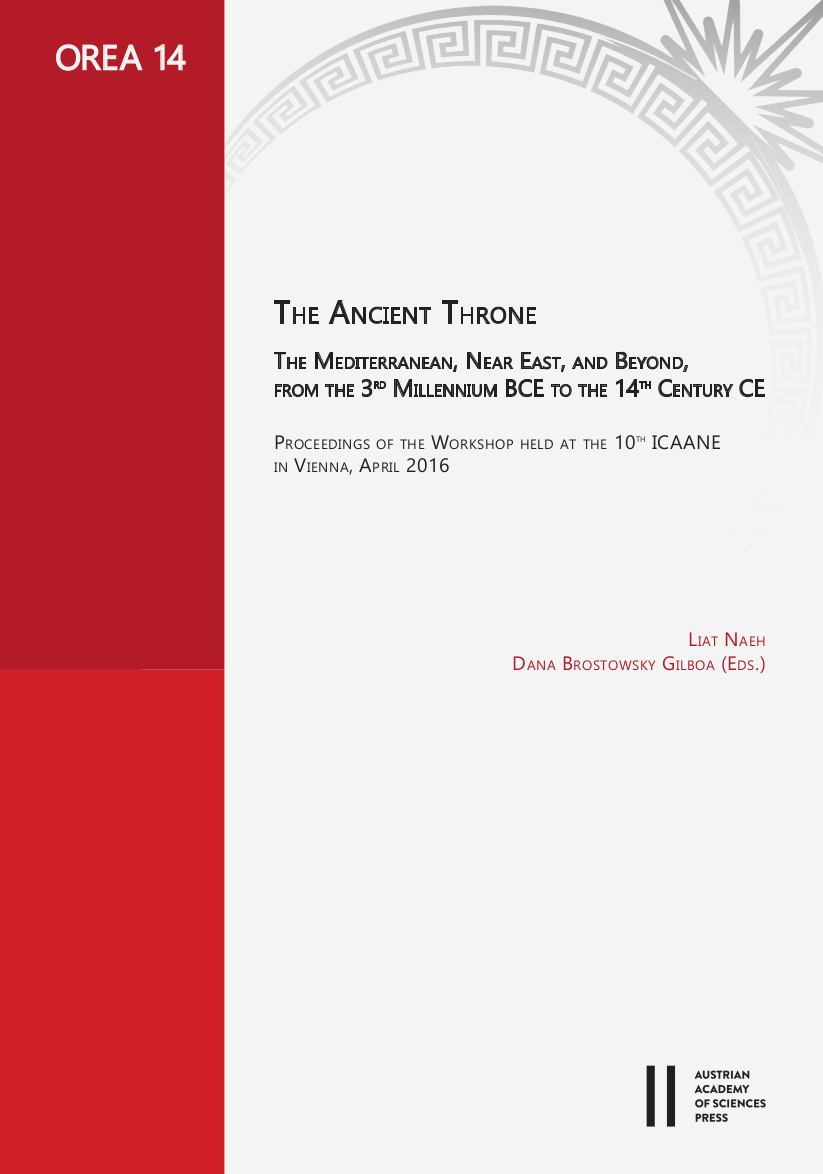
The Ancient Throne. The Mediterranean, Near East, and Beyond, from the 3rd Millennium BCE to the 14th Century CE.Proceedings of the Workshop held at 10th ICAANE in Vienna, April 2016, pp. 105-122, 2020/09/02
Proceedings of the Workshop held at the 10th ICAANE in Vienna, April 2016
This article focuses on images of thrones depicted in scenes connected to the Greek gods. Most of them decorate Archaic Attic black-figure vases, but two Archaic reliefs are also discussed. The purpose is to examine the function of the throne within a certain scene. What does it signify? Should it always be understood in the same way? The article is divided into three sections: (A) depictions of a single throne in a certain scene, (B) depictions of two thrones in a certain scene, and (C) thrones juxtaposed with other types of seats in a certain scene. In most cases, especially when it appears as the only seating object in the scene, the throne signifies the high, privileged status and power of the figure occupying it, differentiating him or her from the other participants. This is true also for the depiction of two thrones. However, when juxtaposed with other types of seats, the throne’s function as a rigid sign differentiating a certain figure within the image is questioned.
Keywords: throne, black-figure vases, visualizing power, status